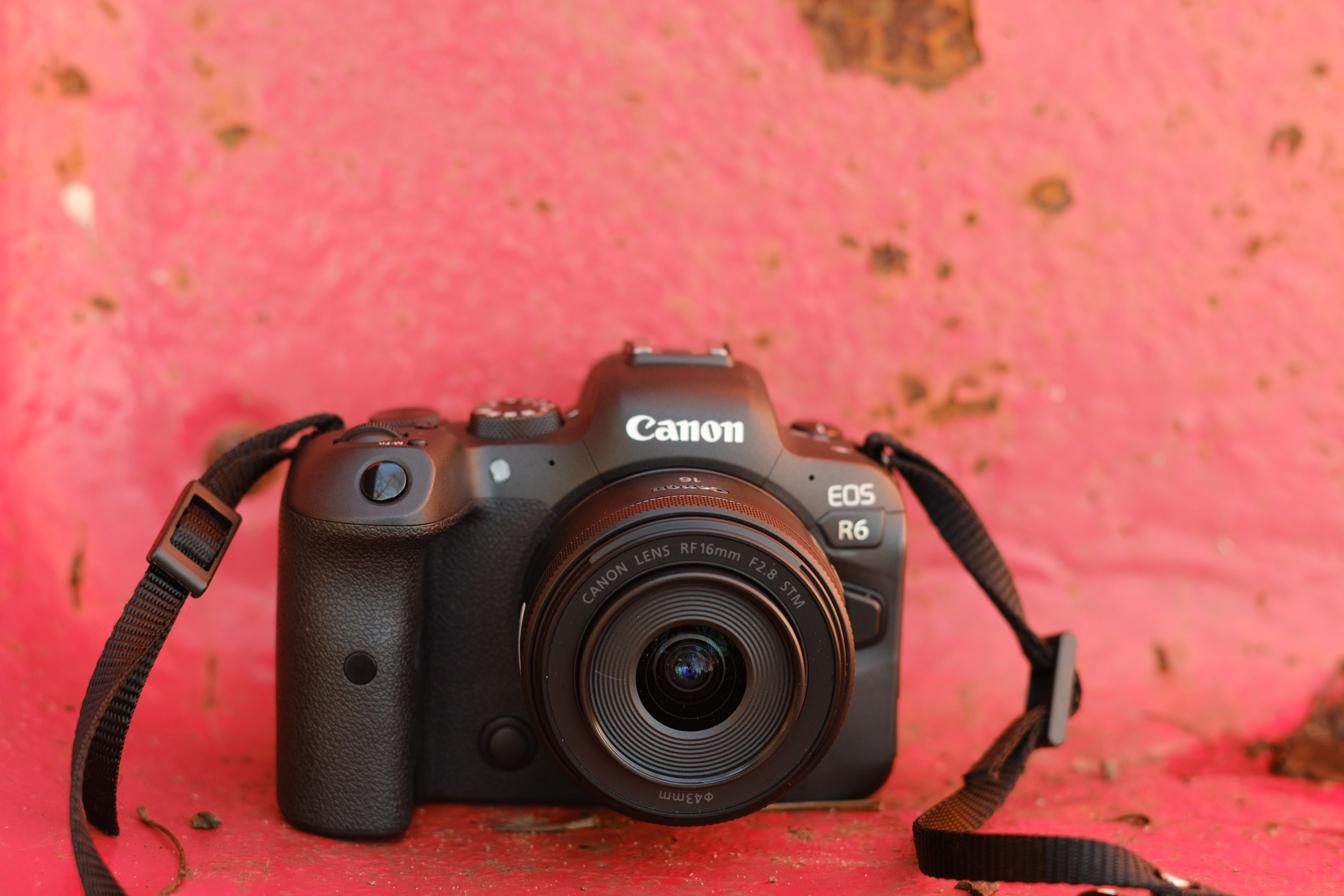Ultra-wide angle lenses tend to be huge and expensive. But, Canon’s widest full-frame mirrorless prime is also one of the company’s most affordable lenses. Beat in price by only the $199 nifty fifty, the Canon RF 16mm f2.8 STM sits at just $299. At under six ounces, it barely adds weight to the front of the camera. And, it’s an ultra-wide-angle lens that doesn’t have an equivalent in the EF mount.
But, where did Canon make cuts to create a wide-angle that’s simultaneously cheap and light? I spent some time capturing landscapes and environmental portraits with the Canon RF 16mm f2.8 STM to see what Canon has managed to cram into such a small $299 lens. Looking at the JPEGs, you’ll probably be impressed — but don’t look too closely at the RAW files.
Table of Contents
Too Long, Didn’t Read
The Canon RF 16mm f2.8 STM is a great affordable lens for JPEG photographers. But, the distortion will give RAW shooters and pixel peepers some pause.
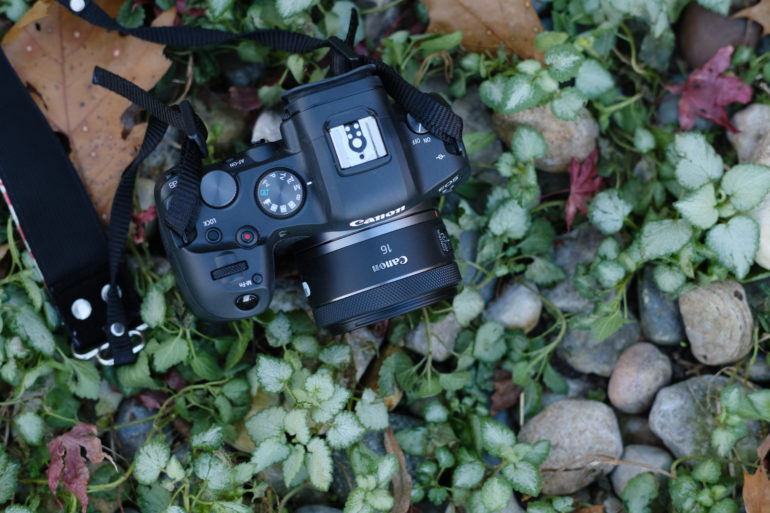
Canon RF 16mm f2.8 Pros and Cons
Pros
- Compact and lightweight
- Affordable
- Ultra-wide view
- Bright aperture
- Simple, clever design
- Fast to focus
Cons
- Significant vignetting, barrel distortion, and chromatic aberration on RAW files
- Smudgy image quality at the edges, in both RAW and JPEG
- Small points of light flare
- No weather-sealing
Gear Used
I used the Canon RF 16mm f2.8 STM with both the EOS R3 and the EOS R6.
Innovations
This lens is the first ultra-wide prime to launch for the RF mount. Canon doesn’t even have a similar EF mount option on their current list of lenses, just the $2,099 EF 14mm f2.8L IS USM. Outside of that, the biggest headliners here are that it’s small and affordable.
Canon RF 16mm f2.8 Tech Specs
Canon USA lists the following specifications for the RF 16mm f2.8 STM:
- Focal Length: 16mm
- Maximum and Minimum Aperture: F2.8 – F22
- Lens Mount Type: RF Mount; Metal Mount
- Compatible Cameras: Canon EOS R-series, including full-frame
- Minimum Focusing Distance: 5.1 in. / 0.43 ft. / 0.13m
- Maximum Magnification: 0.26x
- Field of View, at Minimum Focus Distance: Approx. 5.3 x 3.5 in. (134 x 90mm)
- Angle of View (Diagonal): Approx. 108°10
- Lens Construction: 9 elements in 7 groups
- Special Elements: (One) Aspherical element
- Lens Coating: Canon SSC (Super Spectra Coating)
- Filter Size Diameter: ø43mm
- Aperture Blades: 7; circular shape
- Image Stabilization: None (with EOS R5 in-body stabilization – 5.5 stops correction)
- Focusing Drive System: Canon STM (Stepping motor; gear-type)
- Full-time Manual Focusing: Yes (after One-Shot AF; after Servo AF with compatible EOS R-series cameras)
- Dual Pixel CMOS AF Coverage (Horizontal x Vertical):
- EOS R/RP — Approx. 88% x 100%
- EOS R5/R6 — Approx. 90% x 100%
- Face Detect + Tracking – Approx. 100% x 100%
- Control Ring: Dual-function Manual focus ring / Control Ring (selected with switch on lens), No clicks when set to Control Ring function: Manual Focus Ring
- Electronic ring system:
- Full-time Manual focus possible
- No physical limit to ring rotational angle
- AF/MF Switch: None – focus mode selected in camera menu
- MF/Control Ring Switch: Provided on lens barrel
- Distance Scale: Yes (after One-Shot AF; after Servo AF with compatible EOS R-series cameras) Distance scale available in EVF or Live View LCD screen of compatible EOS R-series cameras
- Distance Limiter Switch: None
- Dust / Weather Resistant Construction: None
- Maximum Outer Diameter x Length: Approx. 1.6 in. x 2.7 in. (40.1 x ø69.2mm)
- Weight: Approx. 5.8 oz. / 0.4 lb. / 165g
Ergonomics
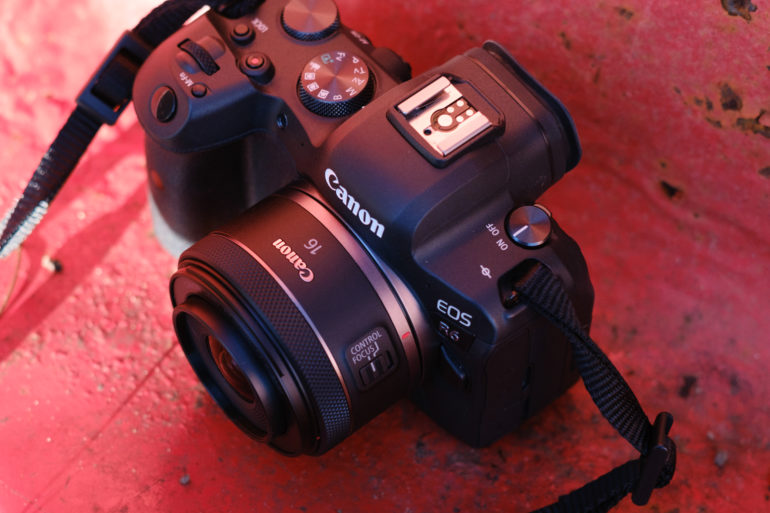
The Canon RF 16mm f2.8 STM is a tiny lens. It looked downright comical on the big body of the R3. Weighing a touch under six ounces, shooting with this 16mm feels almost like there’s no lens mounted at all. It’s easily a lens that you could carry all day. The lens is actually short enough that I had to be careful where I gripped it or fingers would end up on the peripheral of that ultra-wide perspective.
The 16mm has a simple design similar to Canon’s other small and affordable prime lenses. There are just two controls: a control ring and a switch. The switch changes the function of the ring from a custom control ring to a focus dial. This is a clever way to fit a custom ring on a lens that’s less than three inches long.
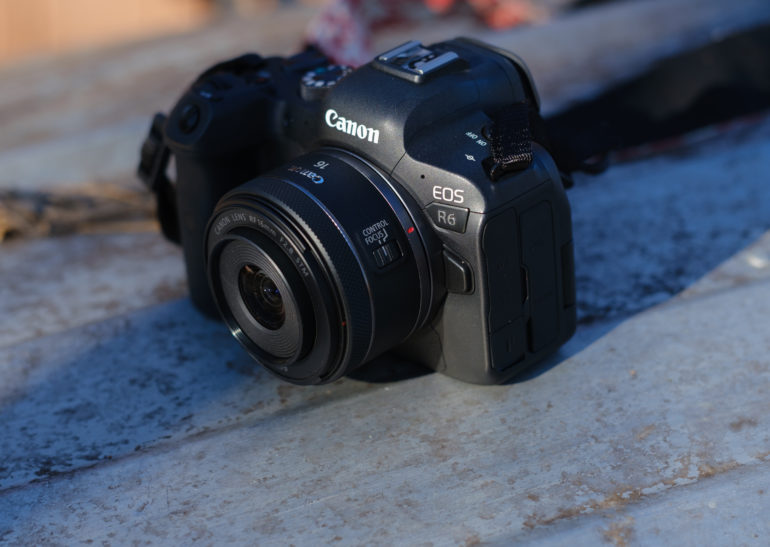
The lens is not internal focusing. The length of the lens changes as it focuses, with a small piece sticking out a few centimeters.
The actual glass part of the lens is quite tiny. There’s a lot of plastic on the front of the lens. It accepts 43mm filters, and there will still be a lip of plastic wider than those filters.
Build Quality

There’s no red ring around this lens, which means it isn’t part of Canon’s L line. Therefore, it isn’t weather-sealed. That’s a bummer for a lens that seems made for landscapes. But, for $299, I didn’t really expect this lens to be weather-sealed.
This 16mm also has an all-plastic barrel. Again, I don’t expect much for $299. But, it does feel like a $299 lens. The control ring, however, does have a nice textured pattern and turns smoothly.
Autofocus
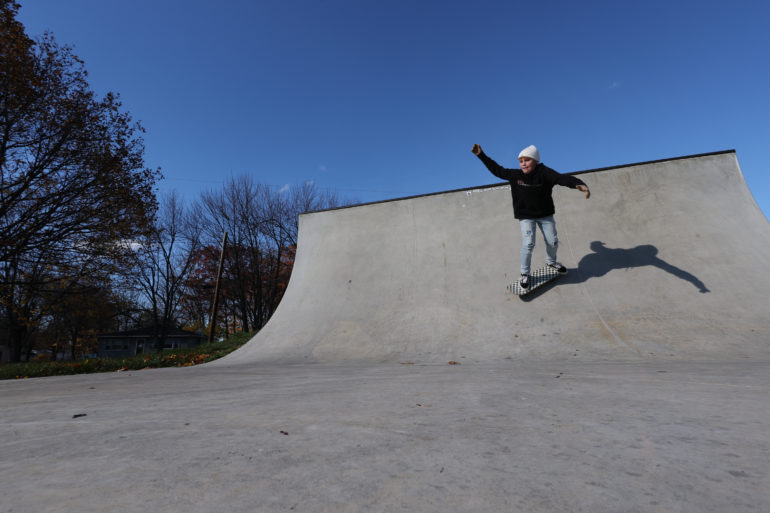
At first, I had some trouble getting the 16mm to focus on action. But, that’s because I was going for a dramatic wide shot and the face was too small in the frame for the R3’s face detection to work. Correcting for that user error, the 16mm was able to keep up with moving subjects. An impressive 98 percent of shots with my dog headed straight towards the lens were in focus. A 16mm isn’t a sports lens, but it can grab some movement if put to the task. Just keep in mind that faces will need to be large enough in the frame for tracking to work.
The 16mm lens can focus about five inches away from a subject. That’s pretty close for a wide-angle lens. You can capture some wild shots mixing the exaggerated proportions of such a wide-angle lens with those close-up capabilities.
Ease of Use

Using a lens doesn’t really get much easier than the Canon RF 16mm f2.8 STM. Just mount and start shooting. The only thing to learn here is the switch that changes the function of the control ring. The most complicated thing owners of this lens will do is to custom set that ring inside the camera menu.
Unlike the RF 35mm 1.8, this lens isn’t stabilized. The in-body stabilization on many RF bodies and the ultra-wide angle of this lens will help to grab handheld low light shots. I shot some low light at 1/6 sec. with this lens.
Image Quality

The Canon RF 16mm f2.8 STM corrects the distortion that naturally comes with an ultra-wide angle lens with lens profiles rather than glass. That’s a big part of what makes the lens so lightweight and affordable. But, as of this writing, the lens profile isn’t yet available in Lightroom or Capture One to apply to RAW files, and you’ll lose around ten percent around the edges correcting for distortion.
Does that make it a bad lens? Not for $299, no. But, it’s a far cry from the Canon RF 15-35mm F2.8 L IS USM. It’s unfair to compare a $299 lens to a $2,399 lens, however, so let’s take a closer look at what Canon photographers get for the cash with this 16mm.
Bokeh

Photographers don’t buy 16mm lenses for the bokeh. But, this lens does have a nice f2.8 aperture and a pretty short minimum focusing distance. So, I was still able to capture a few small points of light as bokeh. A few of these points had a harder edge to them, particularly the bokeh that sits closer to the edge of the image, but it’s not anything that I found distracting. You’ll get a lot more bokeh from the RF 35mm f1.8, but you can still grab some soft backgrounds with this lens.
At times, the blurred background felt almost painterly. That, I believe is in part because of the barrel distortion that sort of smudges the edges.
Sharpness

The center of the images shot on this lens have excellent sharpness. The details are sharp, without being overly so.
The edges, however, look a bit smudged. If the edges are part of the blurred background, this isn’t really noticeable. But, you’ll want to keep the subject towards the center or the Rule of Thirds gridlines. The last ten percent or so of the edge will look soft. But, the barrel distortion means you’ll want to avoid the edges regardless.
Lens Character
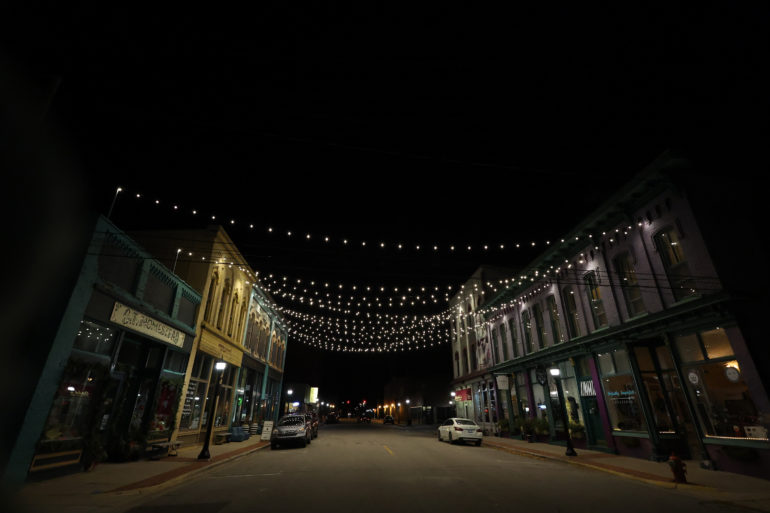
There’s a stark difference between the JPEG and RAW files on this lens. Much of the lens’ quirks are corrected with the lens profile that’s automatically applied to the JPEGs. The RAW files, however, have significant barrel distortion and vignetting. Lines in landscapes and architecture will have an obvious bend to them and need correction in the RAW files. You’ll lose a portion of the image on the edges when correcting for that barrel distortion in post. There is still a bend to straight objects on the edges of the frame in JPEGs, but it’s less exaggerated.
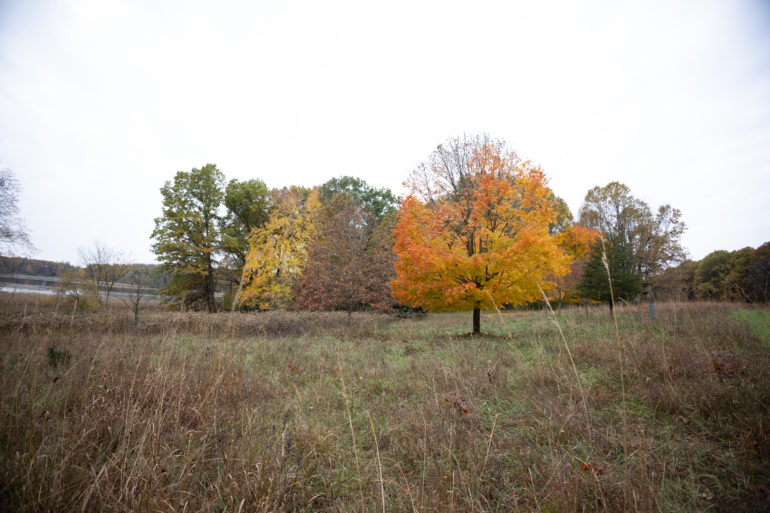
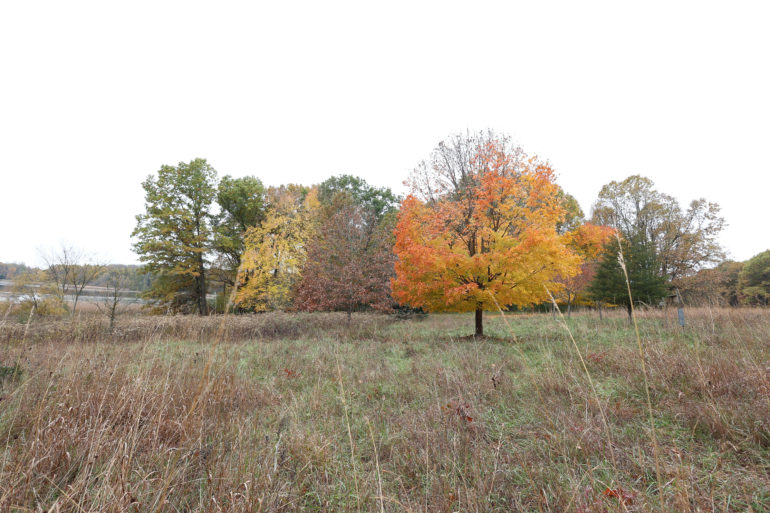
Some high contrast edges also suffer from chromatic aberration. Again, this looked better in JPEG, but there were some occasional spots of aberration that were not easy to remove in post.
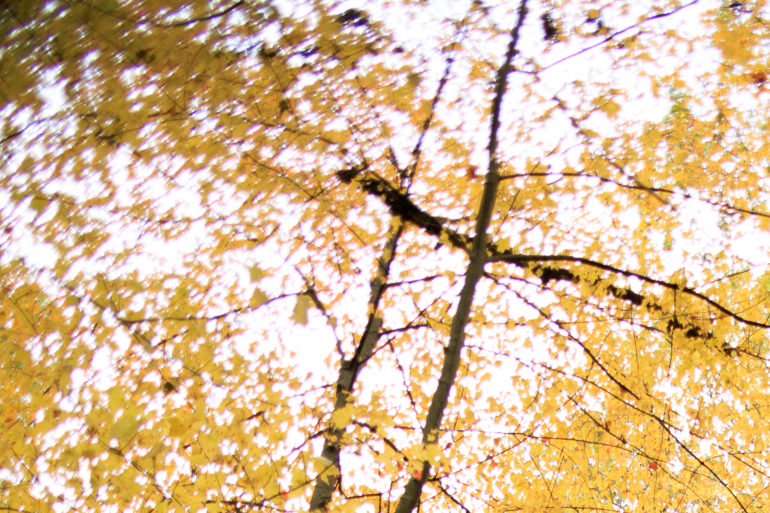
When I photographed twinkle lights at f2.8, those points of lights had some starburst flare. It can be a neat effect, but this will likely annoy astrophotographers. Flaring the sun, however, was fun to do with this lens.
Color Rendering
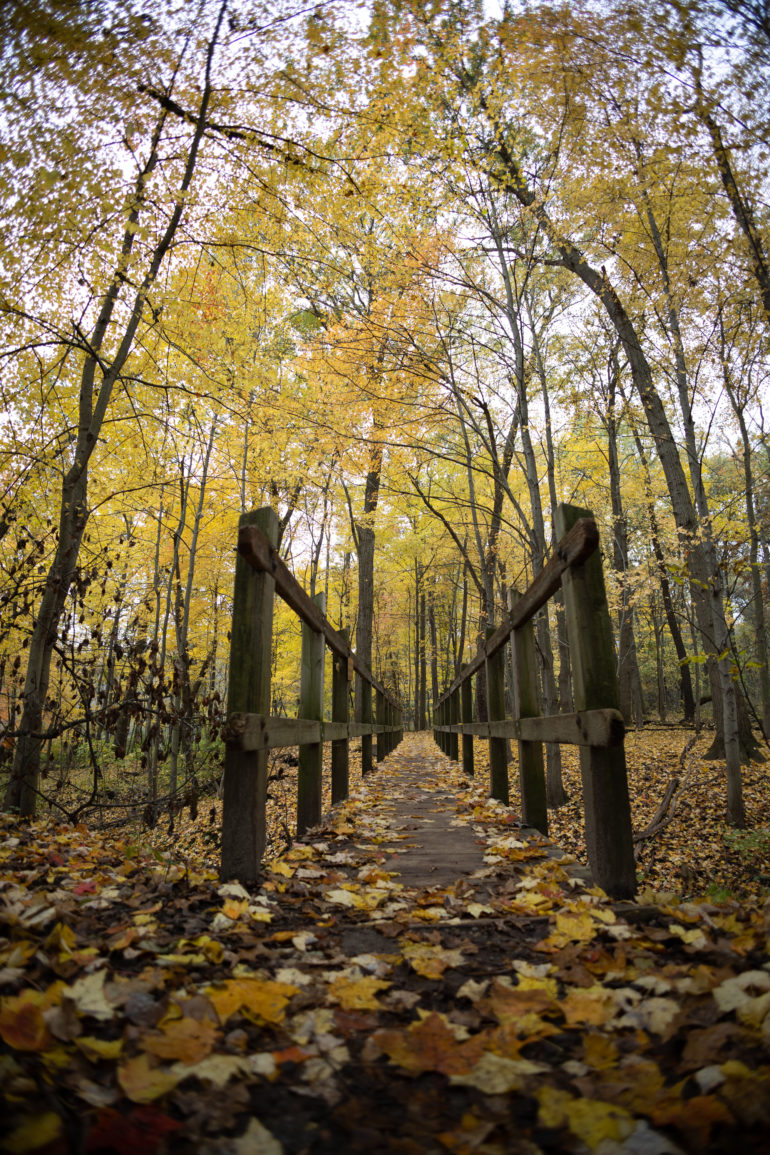
Colors from the Canon RF 16mm f2.8 STM are very much Canon colors. I didn’t find the colors from this lens to be overly saturated or too muted. I enjoyed playing with the in-camera color profiles to bring out extra pop when photographing the fall colors with this lens.
Extra Image Samples
From day one, The Phoblographer has been huge on transparency with our audience. Nothing from this review is sponsored. Further, lots of folks will post reviews and show lots of editing in the photos. The problem then becomes that anyone and everyone can do the same thing. They’re not showing what the lens can do. So we have a section in our Extra Image Samples area to show edited and unedited photos. From this, you can make a decision for yourself.
Edited
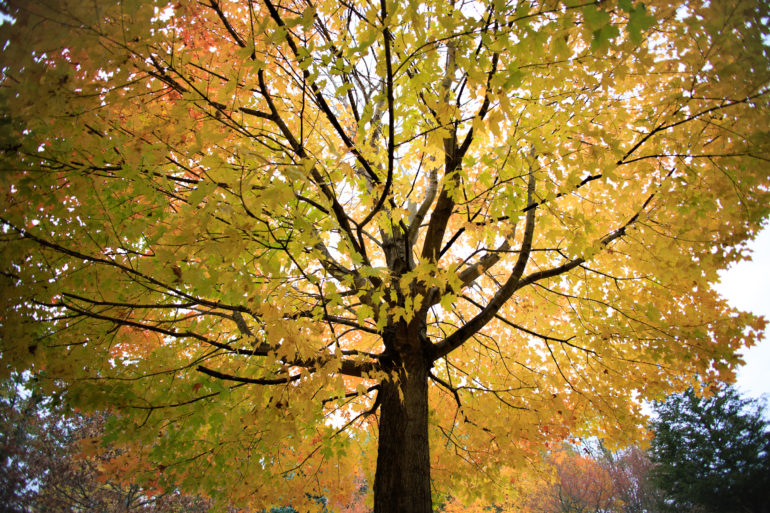
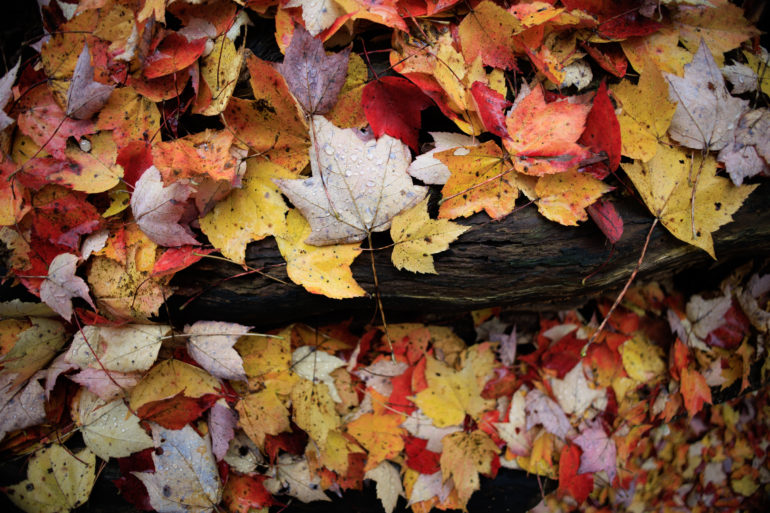
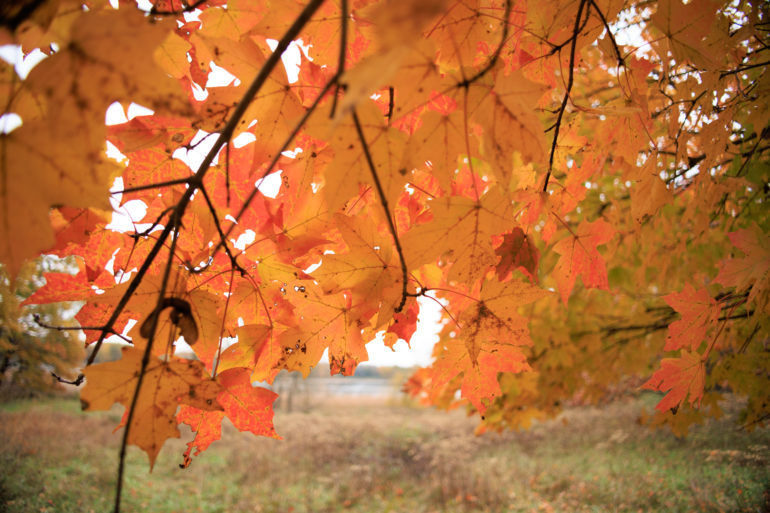
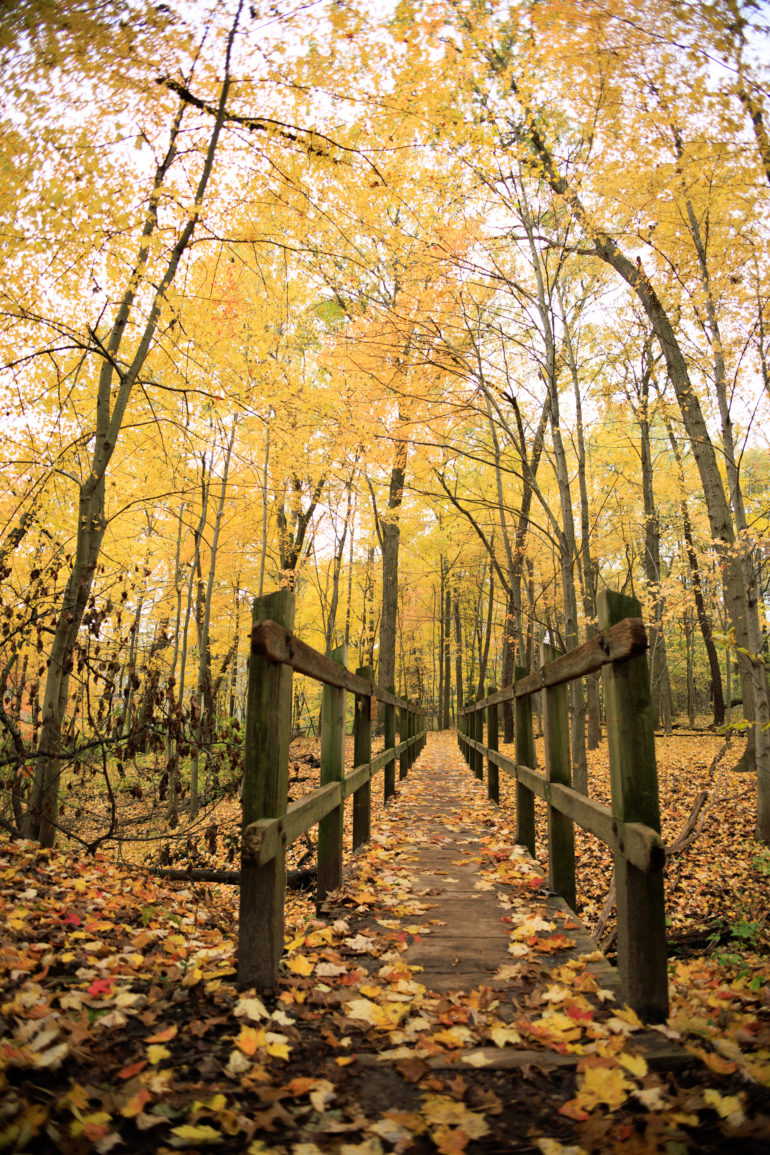
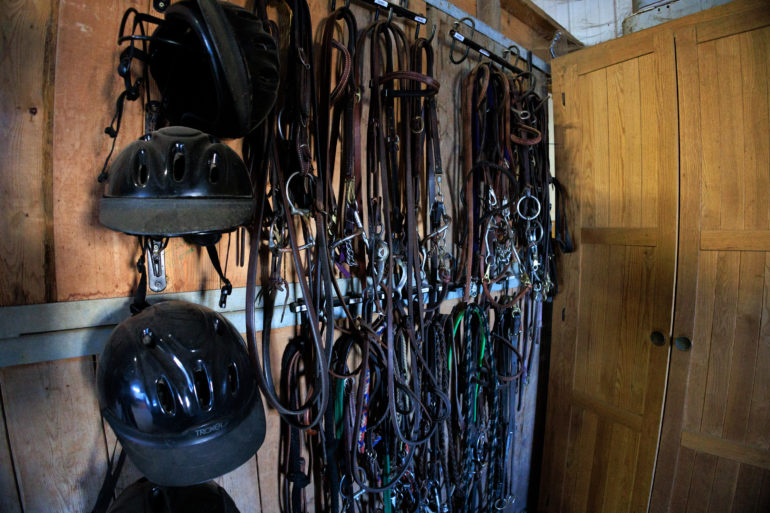
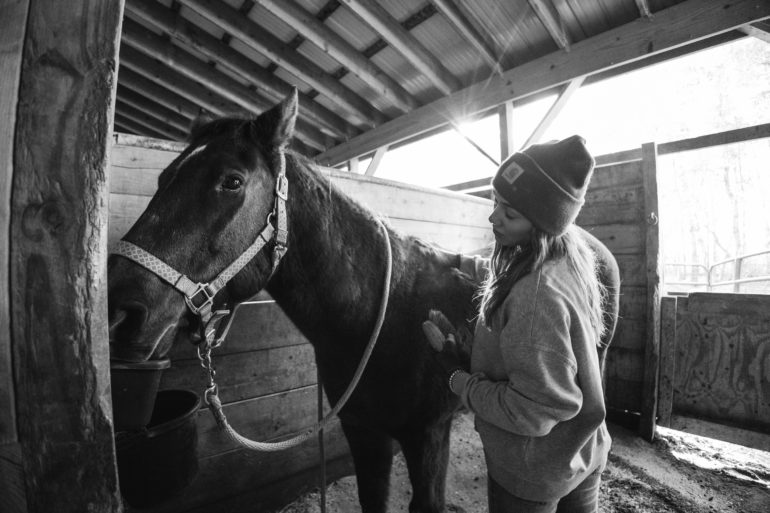
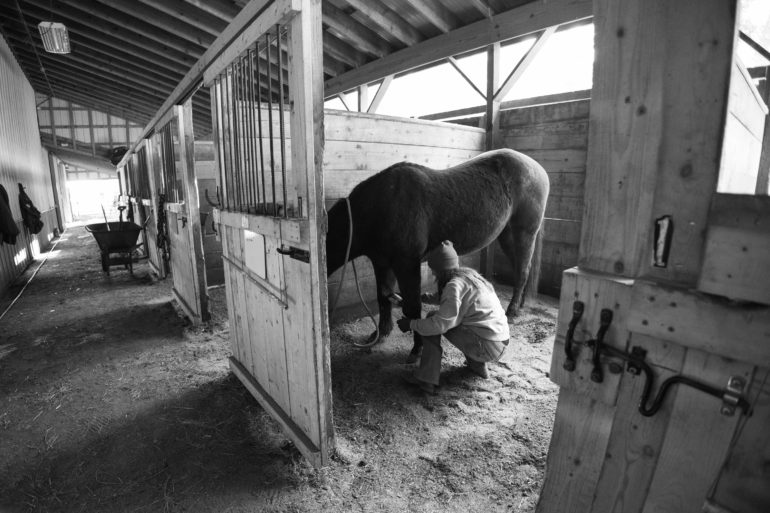
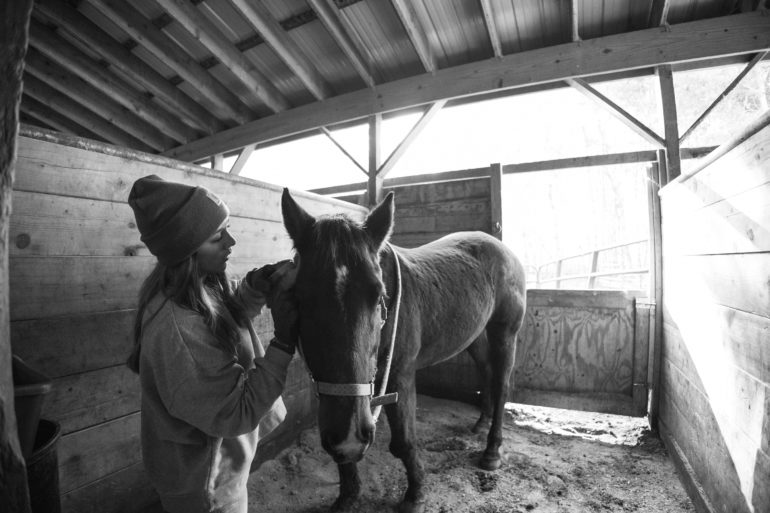
Unedited

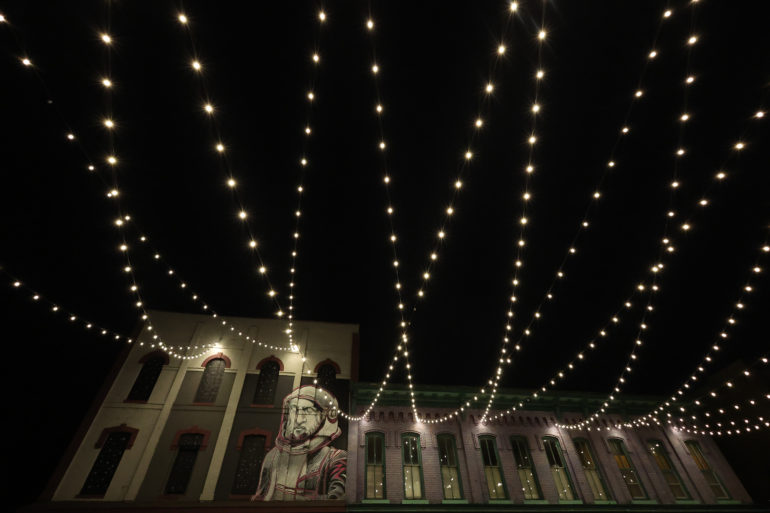
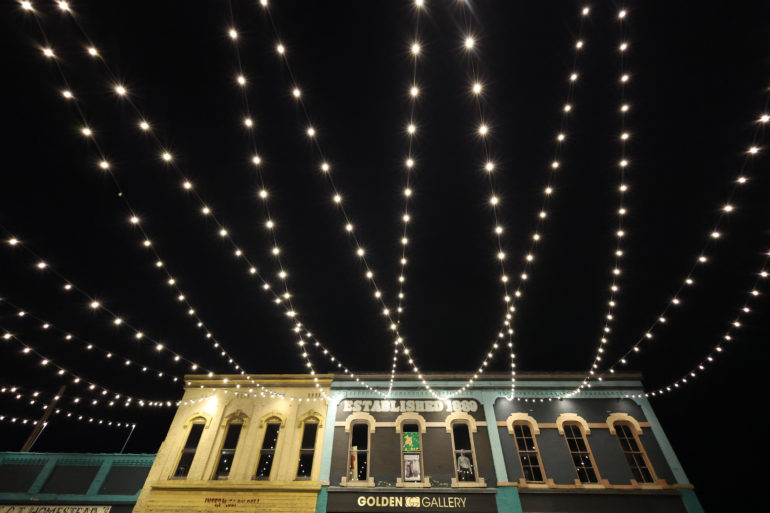
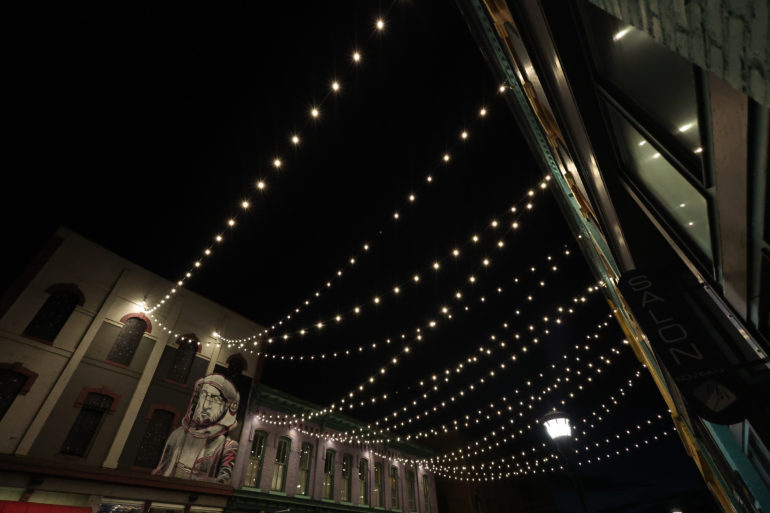

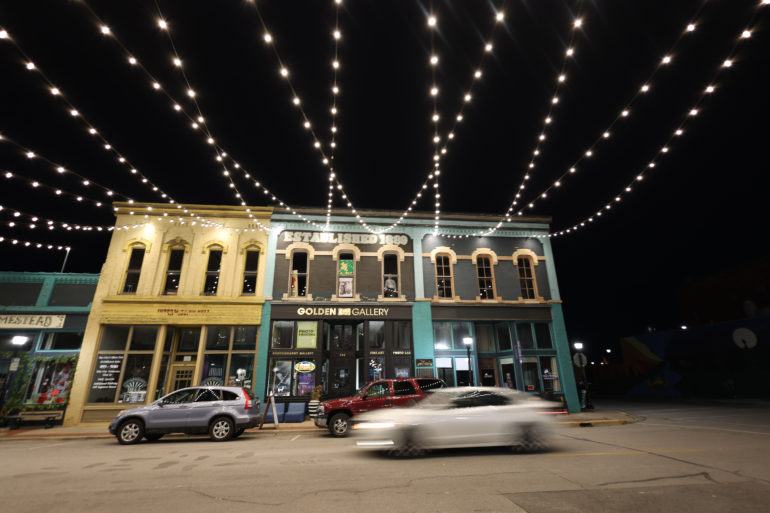
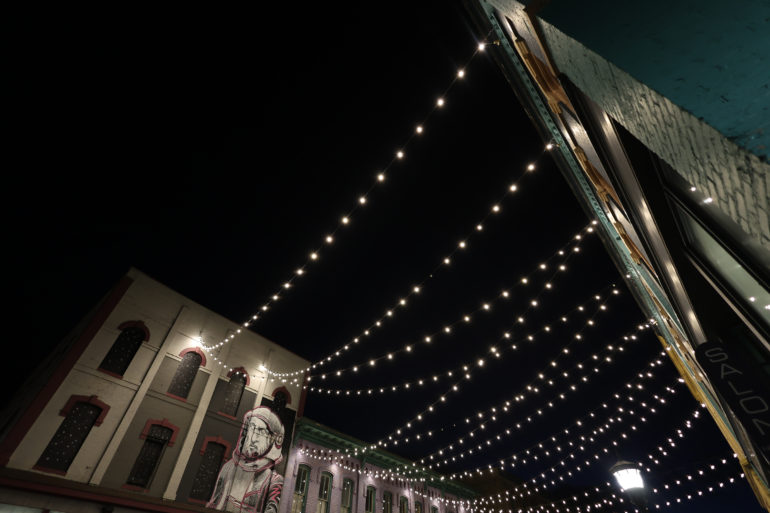
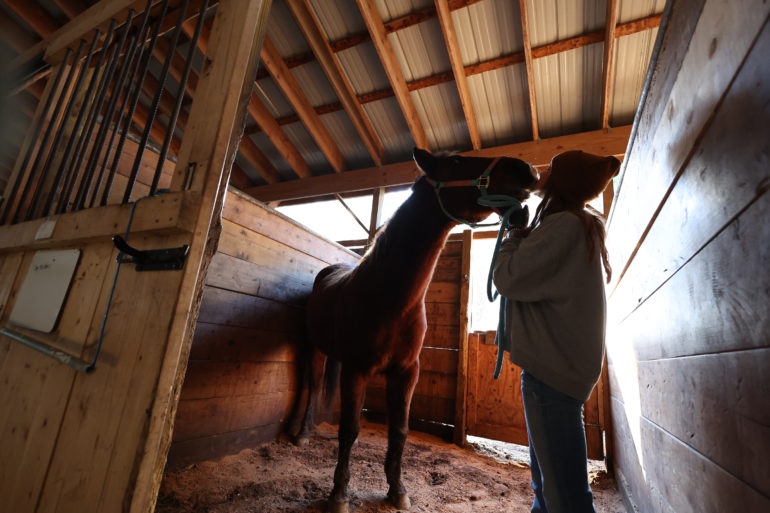

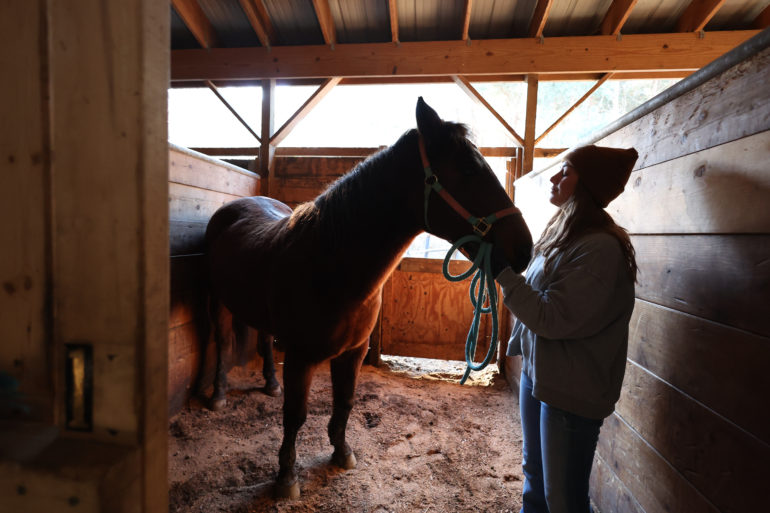
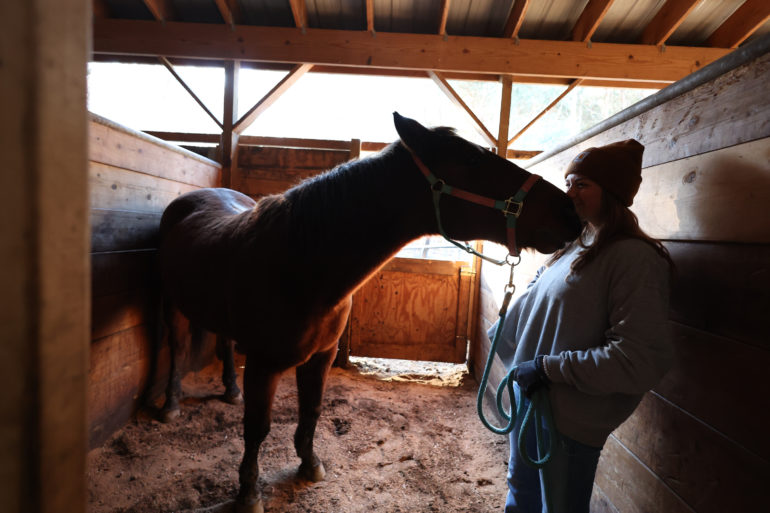
Conclusions
Likes
- This lens is so light, it almost feels like you forgot to mount it on the camera.
- $299 is a great price.
- 16mm is a great ultra-wide view with some fun and quirky perspective distortion.
- The aperture is bright for a budget lens at f2.8.
- The design is simple, but still manages to fit a custom control ring.
- The focus isn’t slowed down by the budget price.
Dislikes
- There’s a lot of barrel distortion, vignetting, and aberration. I couldn’t edit out the barrel distortion without having the lens profile.
- The image quality is smudged on the edges.
- Points of light flare, so it’s not a great choice for astro.
- There’s no weather sealing.
The Canon RF 16mm f2.8 STM is an Instagram-ready lens that captures wide-angles affordably and without weighing the camera down. I can easily see new photographers loving the ultra-wide view and quirky distortion that such a wide view creates. The colors are right on the mark and the autofocus works great.
However, at this price point, the imperfections that are common with such a wide-angle are corrected with software rather than glass. A portion of the image’s edges and corners are discarded when correcting for barrel distortion and vignetting. RAW photographers are going to want to wait for the lens profile to be compatible with their favorite photo editor. It’s great for Instagram, but not so great for pixel-peeping.
Pixel peepers, astrophotographers, and professionals that regularly shoot ultra-wide for architecture or real estate will be disappointed with this lens. But, for $299, it’s silly to expect pro-level quality. I think hobbyists will like this lightweight, affordable lens, especially if they shoot JPEG only. It’s just not quite the almost-L-quality that we loved from the $449 Canon RF 35mm f1.8 USM IS.

If this lens were $800, I wouldn’t recommend it. But for $299, a lightweight build, and great JPEGs, I’m giving the Canon RF 16mm f2.8 STM three out of five stars.


